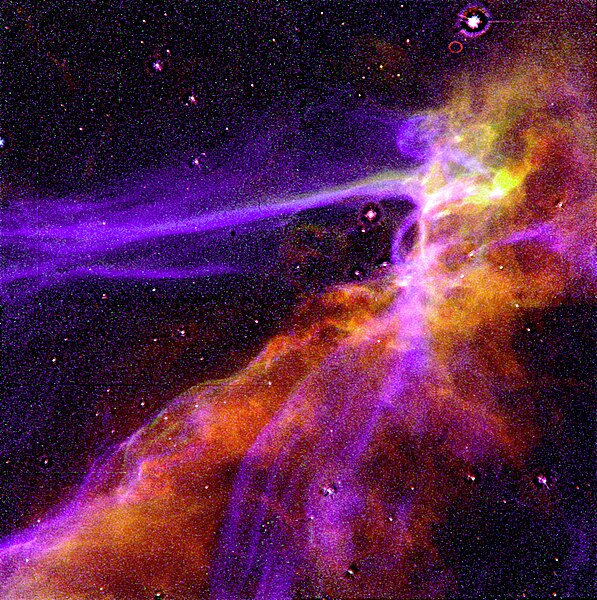Payl:Cygnus Loop Supernova Blast Wave - GPN-2000-000992.jpg

Gidak-on ning maong paunang tan-aw: 597 x 600 ka mga piksel. Uban pang mga resoluyon: 239 x 240 ka mga piksel | 478 x 480 ka mga piksel | 764 x 768 ka mga piksel | 1,019 x 1,024 ka mga piksel | 1,519 x 1,526 ka mga piksel.
Tibuok resolusyon (1,519 × 1,526 pixels, size sa payl: 3.67 MB, MIME type: image/jpeg)
Kaagi sa payl
I-klik ang petsa/oras aron makit-an ang hulagway sa payl niadtong panahona.
| Petsa/Takna | Thumbnail | Mga dimensyon | Tiggamit | Komento | |
|---|---|---|---|---|---|
| kasamtangan | 01:18, 9 Abril 2009 |  | 1,519 × 1,526 (3.67 MB) | BotMultichillT | {{Information |Description={{en|1=This is an image of a small portion of the Cygnus Loop supernova remnant, which marks the edge of a bubble-like, expanding blast wave from a colossal stellar explosion, occurring about 15,000 years ago. The HST image sh |
Mga paggamit sa payl
Ang mosunod nga mga panid misumpay niining payl:
Global nga paggamit sa payl
Kining ubang wiki naggamit ning maong payl:
- Paggamit sa ar.wikipedia.org
- Paggamit sa en.wikipedia.org
- Paggamit sa es.wikipedia.org
- Paggamit sa eu.wikipedia.org
- Paggamit sa fj.wikipedia.org
- Paggamit sa fo.wikipedia.org
- Paggamit sa gn.wikipedia.org
- Paggamit sa mk.wikipedia.org
- Paggamit sa ms.wikipedia.org
- Paggamit sa simple.wikipedia.org
- Paggamit sa sq.wikipedia.org
- Paggamit sa uk.wikipedia.org
- Paggamit sa zh.wikipedia.org


